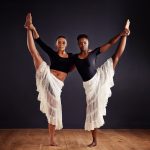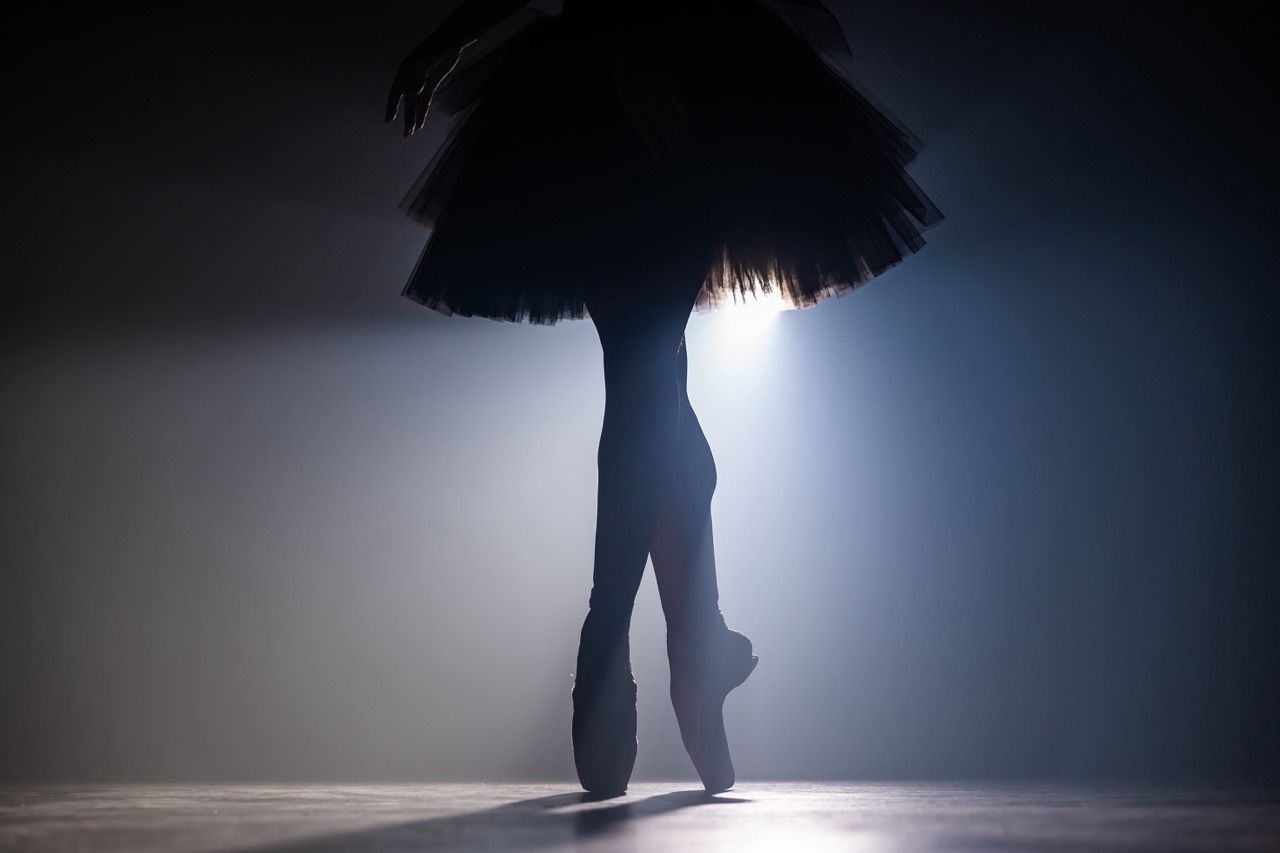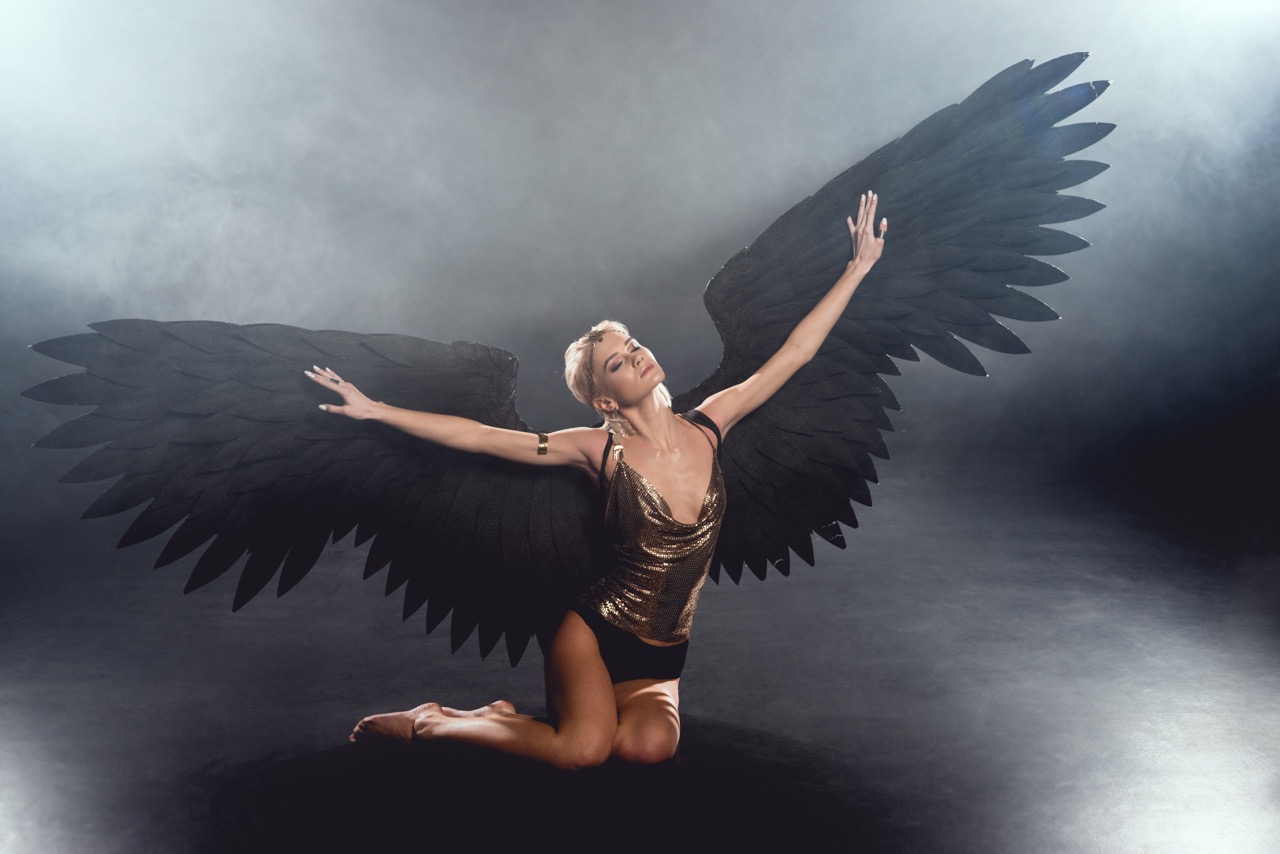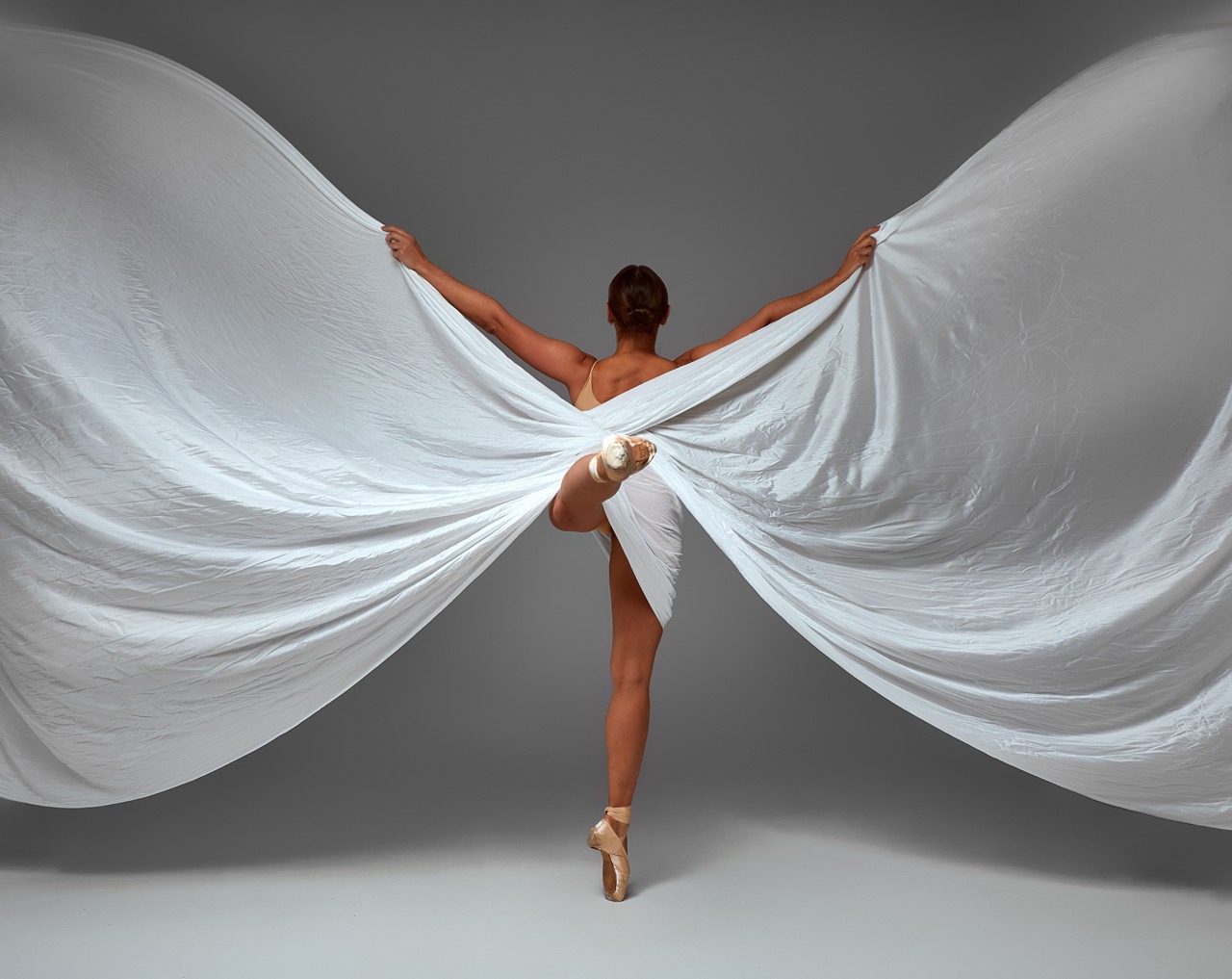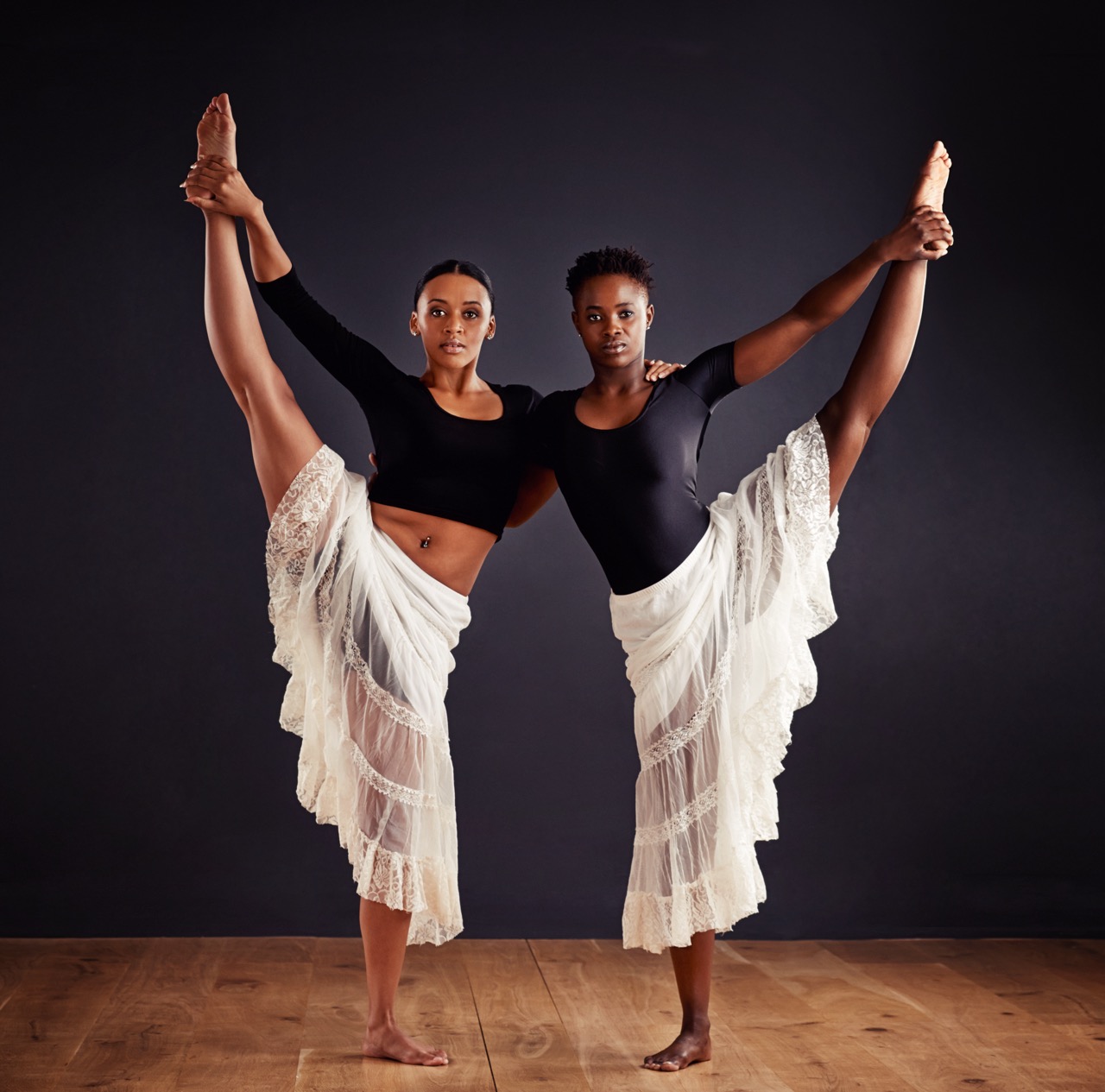Dance, a universal language that transcends geographical and cultural boundaries, has served as a vital form of expression in various religious practices around the world. From the intricate movements of ancient rituals to contemporary performances steeped in spiritual significance, dance reflects the core values and beliefs of distinct communities. This article explores the multifaceted role of dance in religious contexts, examining its spiritual language, diverse expressions, devotional practices, and communal significance.
Sacred Steps: The Spiritual Language of Dance Rituals
Throughout history, dance has been an integral part of religious rituals, often functioning as a conduit between the physical and spiritual realms. In many traditions, rhythmic movements symbolize the divine presence, with dancers embodying the sacred stories and teachings of their faith. For instance, in Hinduism, the classical dance form of Bharatanatyam narrates tales from ancient texts, transforming the dancer into a storyteller who bridges the gap between the audience and the divine.
In African traditional religions, dance plays a central role in communicating with ancestors and spirits. Ceremonial dances, often accompanied by drumming and singing, are performed to honor deities and invoke blessings. The movements are not merely artistic; they are imbued with sacred meaning, believed to carry prayers and intentions into the spiritual realm. This multilayered expression of spirituality reinforces the connection between the living and the spiritual world.
Moreover, in indigenous cultures, dance is often a communal act of worship that fosters a sense of belonging and shared identity. These sacred steps, performed during rituals such as harvest festivals or initiation ceremonies, are a means of expressing gratitude and reverence. By participating, community members strengthen their ties to their heritage and the divine, affirming their beliefs through the art of movement.
From Worship to Celebration: Dance’s Diverse Expressions
Dance serves as a powerful means of expression, encompassing a wide array of emotions and intentions, from solemn worship to joyous celebration. In Christianity, liturgical dance has gained popularity in some denominations, where it is used to enhance worship services. Dancers may perform during crucial moments, such as communion or Easter celebrations, expressing devotion through movement that reflects the themes of love, sacrifice, and resurrection.
In contrast, in the vibrant celebrations of Carnaval in Brazil, dance becomes a form of collective identity and cultural pride. Samba dancers, adorned in elaborate costumes, bring to life the festival’s themes of joy and freedom. These performances are not just entertainment; they embody the spirit of a community that intertwines its faith, history, and cultural expression. The rhythmic beats invite both participants and onlookers to experience a profound connection to their roots and beliefs.
Similarly, in the Sufi tradition of Islam, the whirling dervishes engage in dance as a means of expressing their love for God. The dance, known as the Sema, symbolizes the soul’s ascent towards the divine, with its spinning movements serving as a metaphor for the cyclical nature of life and the quest for spiritual enlightenment. In this way, dance seamlessly transitions between expressions of worship, celebration, and personal devotion, highlighting its role as a transformative and unifying practice in various religious contexts.
Choreographed Faith: Dance as a Form of Devotion
In many religious traditions, dance is meticulously choreographed to convey deep spiritual meaning, making it a profound form of devotion. In Buddhist practices, for example, the ritual dance known as Cham is performed by monks during festivals and ceremonies. This ancient dance tells stories of the Buddha’s life and teachings, combining movement, music, and elaborate costumes to create a visual representation of spiritual narratives. Through this choreography, practitioners not only honor their faith but also invite the community to witness and partake in their spiritual journey.
Similarly, in the Jewish tradition, the Hora is a celebratory dance often performed at weddings and religious events. This communal dance fosters a sense of joy and connection among participants, reinforcing the importance of community in religious observance. By engaging in this choreographed expression of faith, individuals participate in a collective celebration of life’s milestones, highlighting the role of dance as a vital component of religious devotion.
Moreover, the integration of dance in ceremonies such as Quinceañeras in Latin American cultures underscores the significance of movement as a rite of passage. These choreographed dances not only mark a young woman’s transition into adulthood but also reflect her cultural and spiritual heritage. Through dance, participants express gratitude, honor traditions, and celebrate their faith, illustrating how choreographed movements serve as a form of devotion that deepens spiritual connection.
Unity in Motion: Dance’s Role in Communal Worship Practices
The communal aspect of dance in religious practices fosters unity and collective identity among participants. In many cultures, group dances are integral to worship, as they create a shared experience that strengthens bonds between individuals and their beliefs. For instance, in the African American church tradition, worship services often include gospel dances that invite the congregation to participate actively, reinforcing the idea that faith is a communal journey rather than a solitary one.
In Hindu festivals, such as Navratri, the Garba dance brings people together to celebrate the goddess Durga. Participants form circles, dancing energetically to the rhythm of traditional music, often dressed in vibrant attire. This communal dance not only fosters a sense of belonging but also serves as a collective offering of joy and devotion to the divine. Through shared movement, participants deepen their spiritual connection and celebrate their cultural heritage.
Furthermore, in the Jewish culture, the circle dance known as "Dancing with the Torah" during Simchat Torah symbolizes the unity of the community in faith and tradition. As participants dance together, they express their commitment to their religious teachings and to one another. The act of dancing in a circle signifies inclusivity, reinforcing the idea that faith is a shared experience built on mutual support and respect.
In conclusion, the role of dance in religious practices around the world is a testament to its profound ability to connect individuals to their spirituality and community. Through sacred steps, diverse expressions, choreographed devotion, and the unity found in communal worship, dance emerges as a powerful form of expression that transcends words. As cultures continue to evolve, the significance of dance in religious contexts remains a vibrant and essential part of human experience, illustrating the timeless connection between movement, faith, and community.



